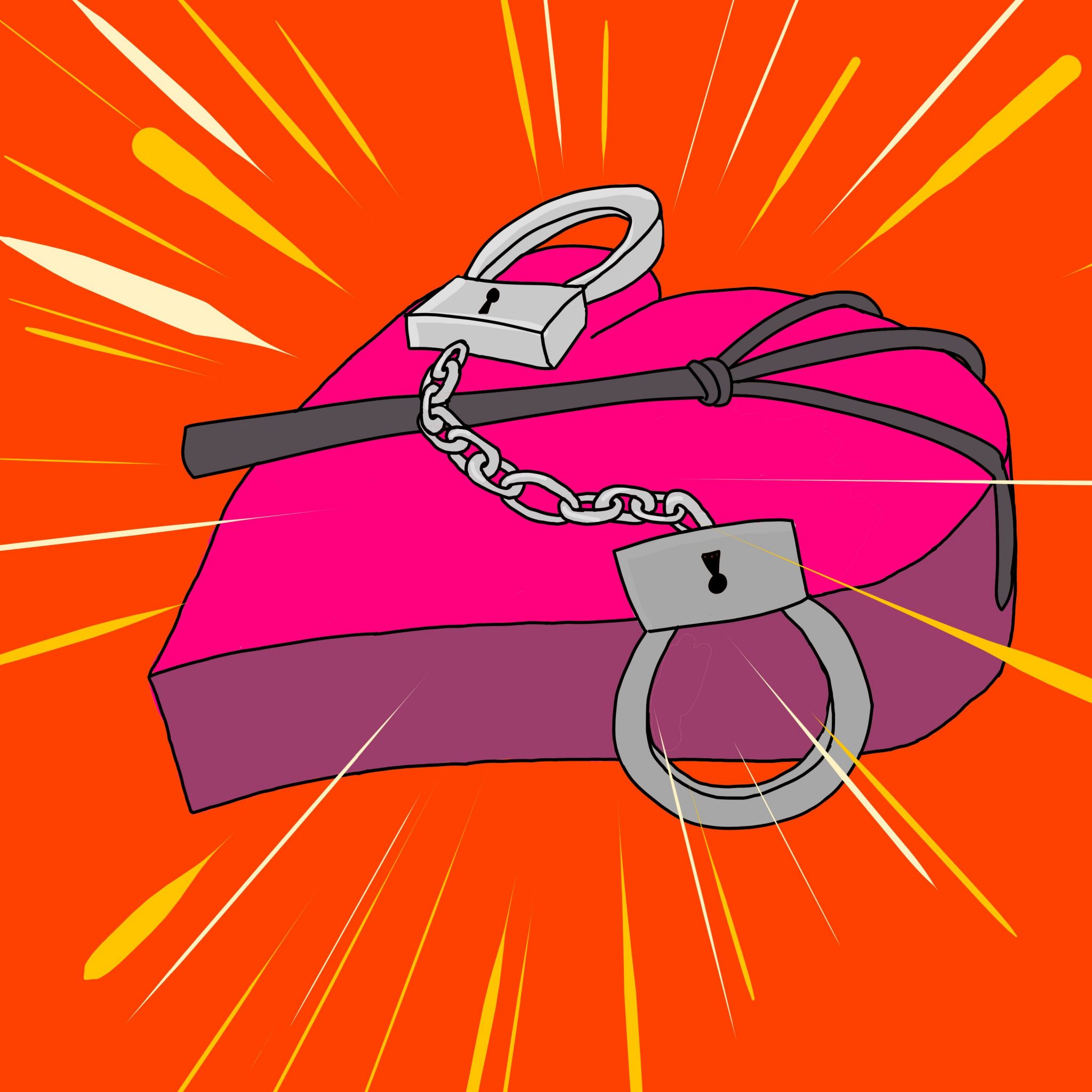The psychology behind kinks and seeking pain in the bedroom


As Valentine’s Day comes to Laurier this week, love is in the air. While some people like to celebrate with a romantic dinner, chocolates, flowers and a passionate night of lovemaking, there are some people who like to get more adventurous than some. This may include such activities as spanking, choking, using hot wax, various types of sex toys, threesomes or BDSM.
So why is it that some people are into kinkier activities than others? While a lot of people will discriminate individuals who are more adventurous in the bedroom, it’s really fascinating how some people are into it. It was just in 2013 that the new Diagnostic and Statistical Manual of Mental Disorders (DSM) changed the definitions of fetishism and BDSM between consensual and pathological.
For decades, kinky sexual behaviour was considered to be a mental disorder. The first assumption of BDSM was that the person who engages in it was abused as a child.
This may not be the case completely. In a dissertation from the Chicago School of Professional Psychology from 2017, Gautami Polepally Ashok took a look at childhood abuse and how it had an impact on sexual behaviour and self-esteem.
The results of the study showed “non-significant multivariate difference in childhood trauma between those who engaged in BDSM and those who didn’t.” But they note that those who engage in BDSM scored significantly higher on emotional abuse and emotional neglect than those who hadn’t.
This may show a sign that those who were abused emotionally growing up may have higher chances of engaging in BDSM in adulthood. This didn’t necessarily mean that the abuse had to be sexual. When looking at when people start to realize they have kinkier desires, some psychologists believe it starts in childhood.
At the end of the day, if you’re spending Valentine’s day with your partner or by yourself, it’s important to have fun. Grab the one or ones you love and get freaky with it.
Samuel Hughes is a psychological researcher at the University of California, Santa Cruz. He was interviewed by Psychology Today in May 2018 about his research into the experiences of those who consider themselves “kinky.”
When asked when individuals had their earliest memories of their kinks, most figure it out before the age of 18. He notes the most common age group was between five and 10 years old. However, not everyone with a kink finds out until their adulthood.
There is also a neurological explanation for kinky behaviour. There are parts of the brain that are dedicated to certain parts of the body.
In a study published in the journal Biological Psychology, researchers looked specifically at the neuroscience of BDSM. They had subjects who were into BDSM to look at “erotic and disgust-inducing” photos.
In both groups, the occipital cortex, hippocampus, thalamus and amygdala were all found to be involved in the processing of both “disgusting” and erotic photographs. Specifically, as the study summary notes, the ventral striatum was activated when sexually arousing photos were shown.
When talking about doing sexual activities with objects, people can grow attachments to them if they’re used a lot.
This is a simple classical conditioning. Let’s use an example with red kinky boots. Before any sexual activity happens, they are just regular boots. There is no emotional sexual reaction in the brain associated with those boots.
Then you and a partner use those boots when having sex for a period of time and those red boots will become associated with sexual activity. Every time you see those boots without the sex, there is a reaction similar to what would be felt during sex. It would be less intense than the sex itself, but a reaction nevertheless.
At the end of the day, if you’re spending Valentine’s day with your partner or by yourself, it’s important to have fun. Grab the one or ones you love and get freaky with it.
And try not to judge what other people are into. Just remember the wise words of Squirrelly Dan from Letterkenny: “Different strokes for different folks.”


